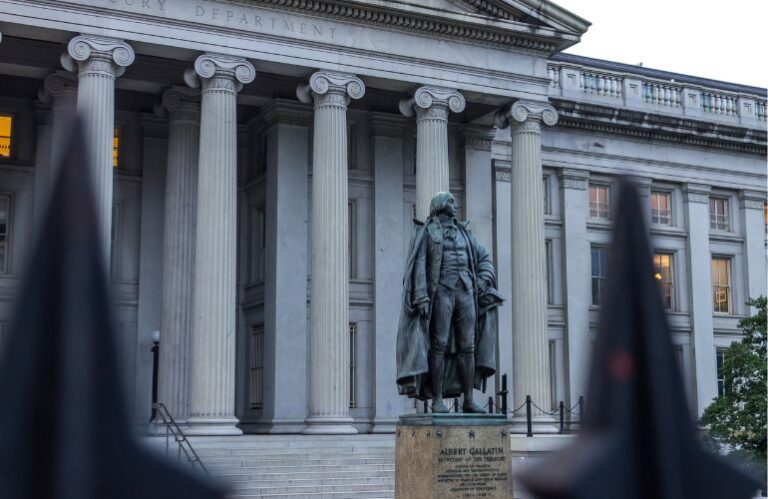On January 8, the US Treasury Department and the IRS announced the figures final rules And procedural guidance for the Section 48E(h) Clean Electricity Bonus Credit Amount Program, Low-Income Communities.
The 48E(h) program is an expansion of the first-of-its-kind 48(e) incentive credit, designed to reduce home energy costs and encourage clean energy investments in low-income communities and low-income households. to favor Indian Land. , or as part of affordable housing developments. Treasury Department analysis of the first year of the 48(e) program showed that the program received more than 54,000 applications from 48 states, the District of Columbia and four territories. Approved applications are expected to generate $3.5 billion in investments in low-income communities and Indian Territories and are estimated to generate $270 million in offset energy costs annually. During the second year of the 48(e) program, the program received more than 57,000 applications, for a total of more than 1.9 GW of clean energy generation. Approved applications are expected to generate approximately $4 billion in public and private investments in communities and nearly $350 million in offset energy costs annually.
The rules released today highlight the extensive list of technologies eligible for the program, from wind and solar energy, to zero-emission technologies such as hydropower and geothermal. The full range of facilities eligible for the program and how that list will be updated in the future are defined in the Section 48E Clean Electricity Investment Credit final regulations. The allocated credit provides an increase of 10 or 20 percentage points on top of the 30% 48E investment tax credit (assuming applicable wage and apprenticeship requirements are met).
Read more about the new technology-neutral clean energy ITC here.
“Expanding the bonus credit to low-income communities for clean electricity will help lower energy costs in communities that have been overlooked and disregarded for too long, and allow developers to work with communities to deliver tailor-made solutions to meet their energy and economic needs,” said US Deputy Treasury Secretary Wally Adeyemo. “The final rules announced today will ensure that all Americans can benefit from the growth of the clean energy economy.”
The 48E(h) program will award bonuses to 1.8 GW of clean electricity generation serving low-income communities each year from 2025 through at least 2032. For the 2025 program year, the application period will begin on January 16, 2025, at 9 o’clock. :00 a.m. ET and closes at 11:59 p.m. ET on August 1, 2025. For the 2026 program year and subsequent program years, the application period begins on the first Monday in February at 9:00 AM ET and closes on the first Friday in August at 11:59 PM ET.
The final rules announced today bring significant changes from the 48(e) program, including changes due to the regulatory transition to the 48E Clean Electricity Investment Credit, as well as the integration of feedback received through public comments and lessons learned from previous program years. Select changes include:
- Expanding Eligibility of Investment Technologies: The final rules highlight the list of eligible facilities defined in the updated 48E Clean Electricity Investment Tax Credit rules for solar and wind energy and also include facilities that utilize zero-emission technologies such as hydroelectric, maritime and hydrokinetic, geothermal and nuclear technologies. .
- Expanding Impact for Low-Income Households: The final rules clarify eligibility requirements for key categories, including expanding the list of housing programs eligible to participate as a qualified low-income housing project and clarifying financial value that certain projects must offer to low-income households.
- Creating Opportunities for Small Businesses: The final rules provide emerging clean energy companies the opportunity to receive priority in applying for the program.
The guidelines released today by the Ministry of Finance also outline the annual capacity constraint available for allocation across the four categories of facilities. Per program year, the annual capacity limitation of 1.8 gigawatts is distributed as follows:

For the 2025 program year, approximately 174 MWdirect current are taken from previous program years and evenly distributed across the four categories. Click here for more information about the program or to submit an application.
News item from the Ministry of Finance


